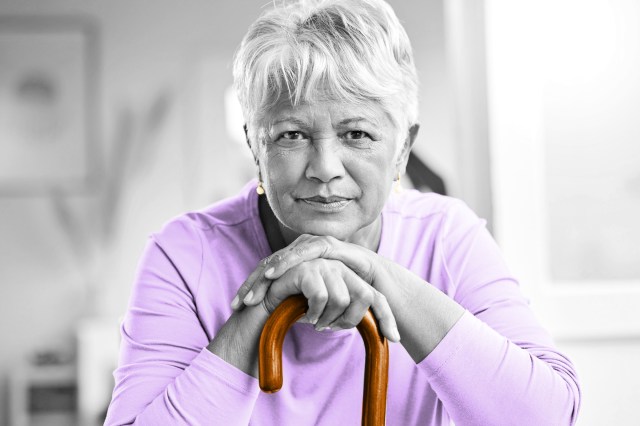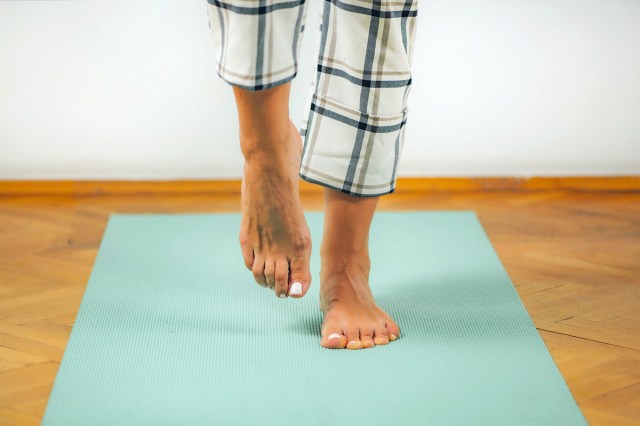
One-Leg Stand for Balance
According to UCLA Health, your balance begins to decrease as early as age 50. For example, one study revealed the average adult in their 30s and 40s could stand on one foot for at least a minute, but by age 50, that time decreased to around 45 seconds. By 70, that dropped to around 28 seconds, and participants age 80 and older held the pose for just 12 seconds. This decrease in balance leads to an increased risk of falls and injuries, which can ultimately result in a decline in independence.
Moreover, in a Mayo Clinic study to determine which physical abilities are most affected by aging, participants underwent a series of tests, including walking, grip strength, knee strength, and balance, the last of which was measured by the one-leg stand. The results indicated the ability to stand on one leg declined most rapidly with age, reinforcing the idea that this test is a valuable indicator of how well a patient is aging physically.
To perform the test, stand up straight and lift one foot off the floor, then time how long you can hold that pose. (It’s fine to hold onto the leg you aren’t standing on.) Are you under par for your age group, based on the aforementioned numbers? It may be time to start incorporating balance exercises into your daily routine.
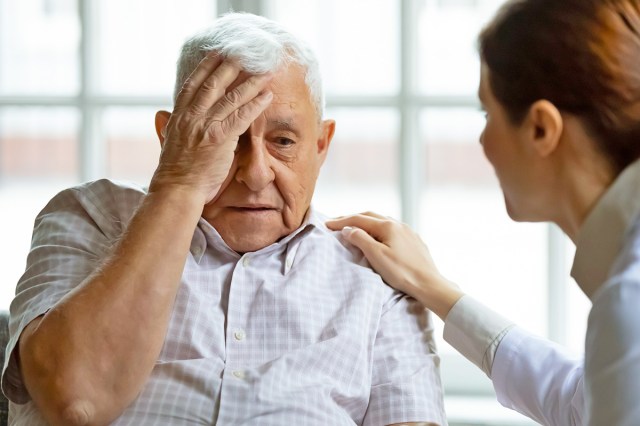
Recall Test for Short-Term Memory
One common sign of aging is memory decline, which typically begins in your 50s or 60s. Short-term memory tends to deteriorate faster than long-term memory because short-term memory is primarily stored in the hippocampus, a complex region of the brain that’s particularly vulnerable to aging.
As we age, the brain begins to shrink. This process can start as early as our 30s, but it tends to accelerate after age 60. The hippocampus shrinks more than other areas of the brain, putting short-term memories at greater risk.
Additionally, certain types of long-term memories, such as episodic and declarative memories, are also at risk because they too are stored in the hippocampus. While increasing difficulty with memory is a normal part of aging, you may wonder how well your recall abilities are holding up.
To test your short-term memory, enlist a friend or family member to try this quick exercise recommended by the Institute on Aging. The task is straightforward: Ask someone to say three unrelated words (such as “apple,” “blue,” and “chair”) and then repeat those words back. Then complete a simple task, such as conversing about your weekend plans or drawing a picture of a tree, before reciting the three words again.
Running into trouble? It may just be a fluke (in which case you should repeat the exercise multiple times to confirm the results), or it could be a cue that your brain needs a little more TLC. Try puzzles, reading, and other mental exercises to stimulate the mind.

Sit-to-Stand Test for Muscle Mass
Muscle mass decreases approximately 3% to 8% per decade after the age of 30, and this rate of decline can become even more dramatic after age 60. This decrease in muscle mass, known as sarcopenia, results in a loss of strength and function as well as an increased incidence of falls and injuries, all of which are significant factors in the aging process.
While slowing down physically is a natural part of growing older, you may wonder how your rate of muscle mass loss compares to the average. Fortunately, there are ways to test yourself at home.
The sit-to-stand test is a reliable physical test used to assess endurance, lower body strength, and mobility. The test takes various forms, but one of the simplest at-home versions is the five-time sit-to-stand test, which is commonly used to test for sarcopenia.
To perform the test, sit in a chair with your arms crossed over your chest and start a timer, then stand up and sit back down, stopping the timer when you’ve completed five up-and-down cycles. The recommended “cut-off” time is between 10 and 11 seconds. If it takes you longer than 11 seconds to complete five cycles, it’s a good indication to start working on your lower body strength and building muscle.
More Interesting Reads
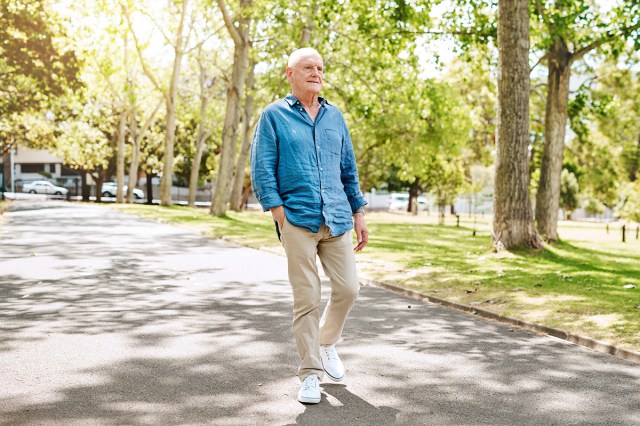
Dual-Task Exercises for Cognitive Flexibility
Dual-task exercises assess both your physical and cognitive abilities through short, two-in-one tests. Doing cognitive tests while performing physical exercises measures something called cognitive flexibility, aka your ability to adapt and switch between different mental tasks or sets of information in response to changing environments —an ability that naturally decreases during the aging process.
While researchers have come up with plenty of intricate methods to test your cognitive flexibility, there are easier ways to test yourself with at-home dual-task exercises. One of the simplest tests is to walk while performing a brain exercise, such as solving mathematical equations, counting backward from 100, or repeating word sequences. Compare your completion speed of these brain exercises to your speed while you’re sitting or standing still. If you’re significantly slower during the dual-task exercise, it’s time to start working out your brain.
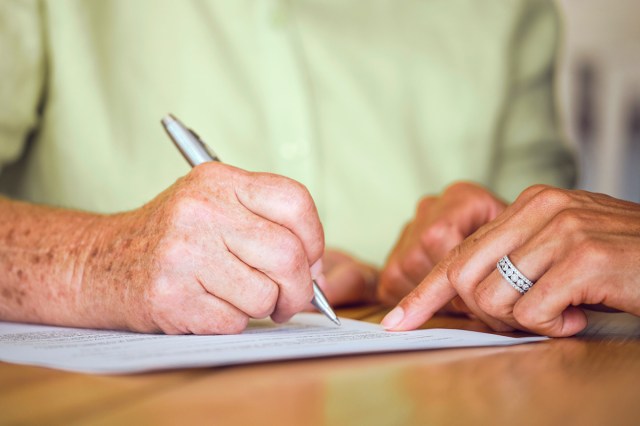
Social Circle Check-In for Loneliness
The data is in: Loneliness can make you age faster. Scientific research supports the notion that loneliness (and poor mental health in general) can be just as detrimental to your physical health as some diseases or illnesses. As Mayo Clinic cardiologist Amir Lerman explained to AARP, “The focus tends to be on lowering cholesterol, managing blood pressure, and other healthy habits. But socializing? Sometimes we ignore this part.”
Negative health impacts of loneliness include a higher risk of developing dementia, depression, and heart disease. Moreover, a study by the Mayo Clinic found that individuals who were less likely to participate in social activities such as clubs, services, and get-togethers were more likely to have a “biological age” (the age determined by the functional state of your body) older than their actual chronological age.
The harsh reality is many adults are unaware of their own loneliness, and some have a tendency to isolate themselves as they get older. To determine your level of social connection, try completing the UCLA Loneliness Scale survey. This brief, 20-question assessment was developed by psychologist Daniel Russell to measure how frequently a person feels disconnected from others.
The test uses a four-point rating system; the higher the score, the greater the participant’s feeling of loneliness. The results of this survey may highlight your need to engage in new social activities or reengage with those you may have had fall by the wayside. Not only will you make new friends or reconnect with loved ones, but according to science, you can also slow down the aging process.

